Umoria -- NOT having bump to open doors does feel like it fits the pace of Umoria--or at least, doesn't stand out as unduly slow there. But I thought I'd try it--and it is nice and smooth--so:
Bump to open doors:
player_move.cpp
526 replaced line (closed door warning) w/ "openClosedDoor(coord);"
player.cpp
1240 removed "static" before "void openClosedDoor(Coord_t coord) {"
player.h
229 added new line below this one
void openClosedDoor(Coord_t coord);
Bump to open doors:
player_move.cpp
526 replaced line (closed door warning) w/ "openClosedDoor(coord);"
player.cpp
1240 removed "static" before "void openClosedDoor(Coord_t coord) {"
player.h
229 added new line below this one
void openClosedDoor(Coord_t coord);


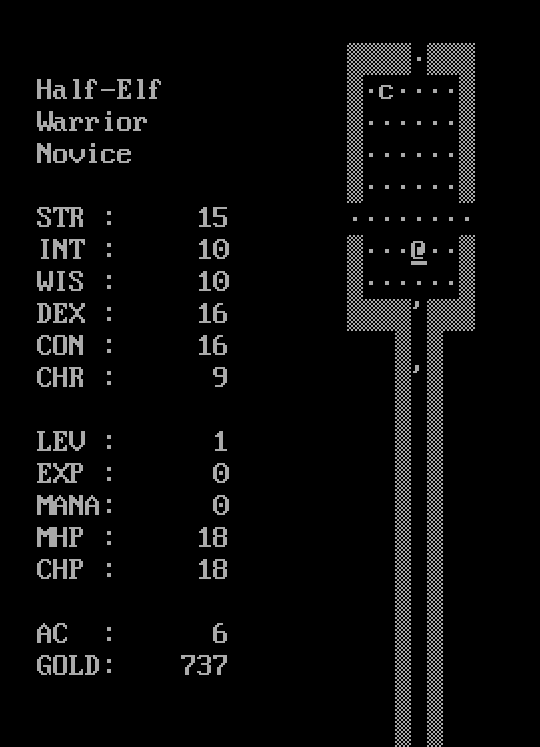
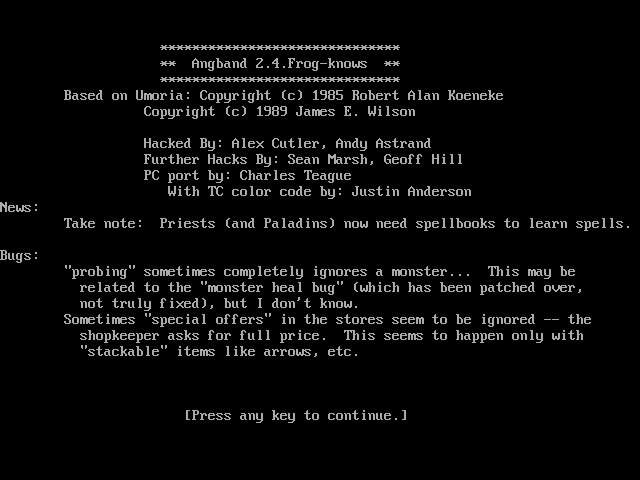


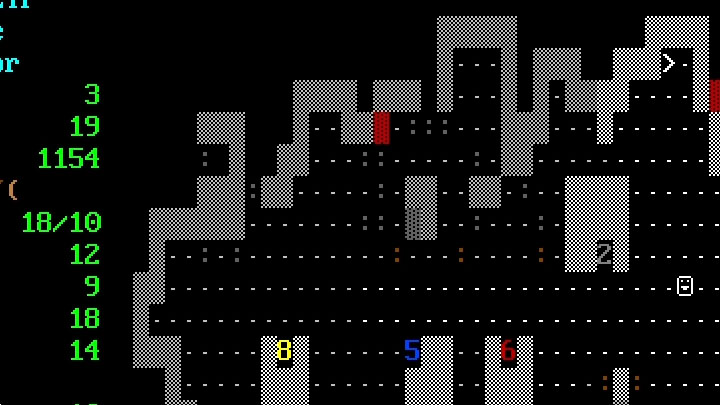


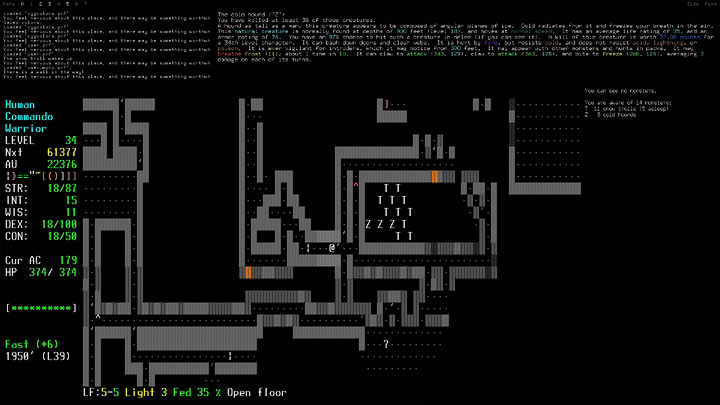
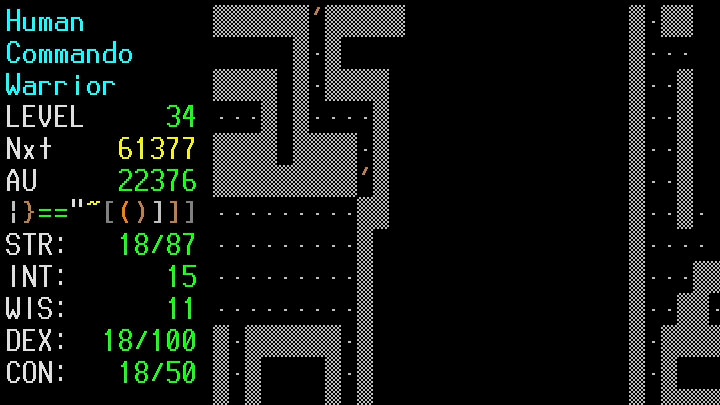
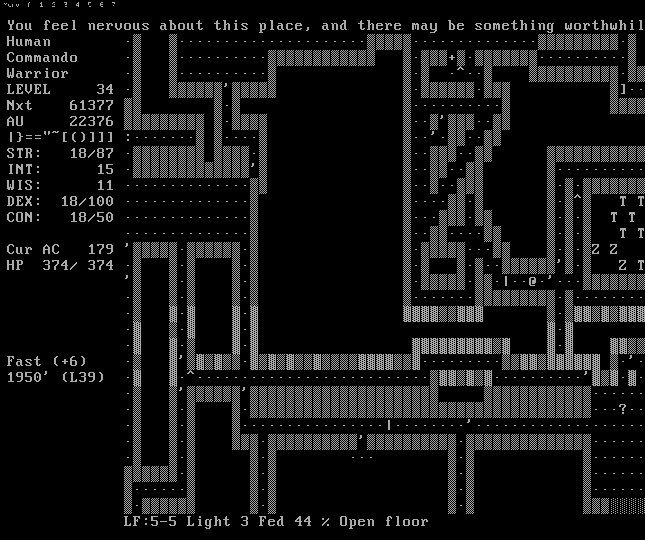
Comment